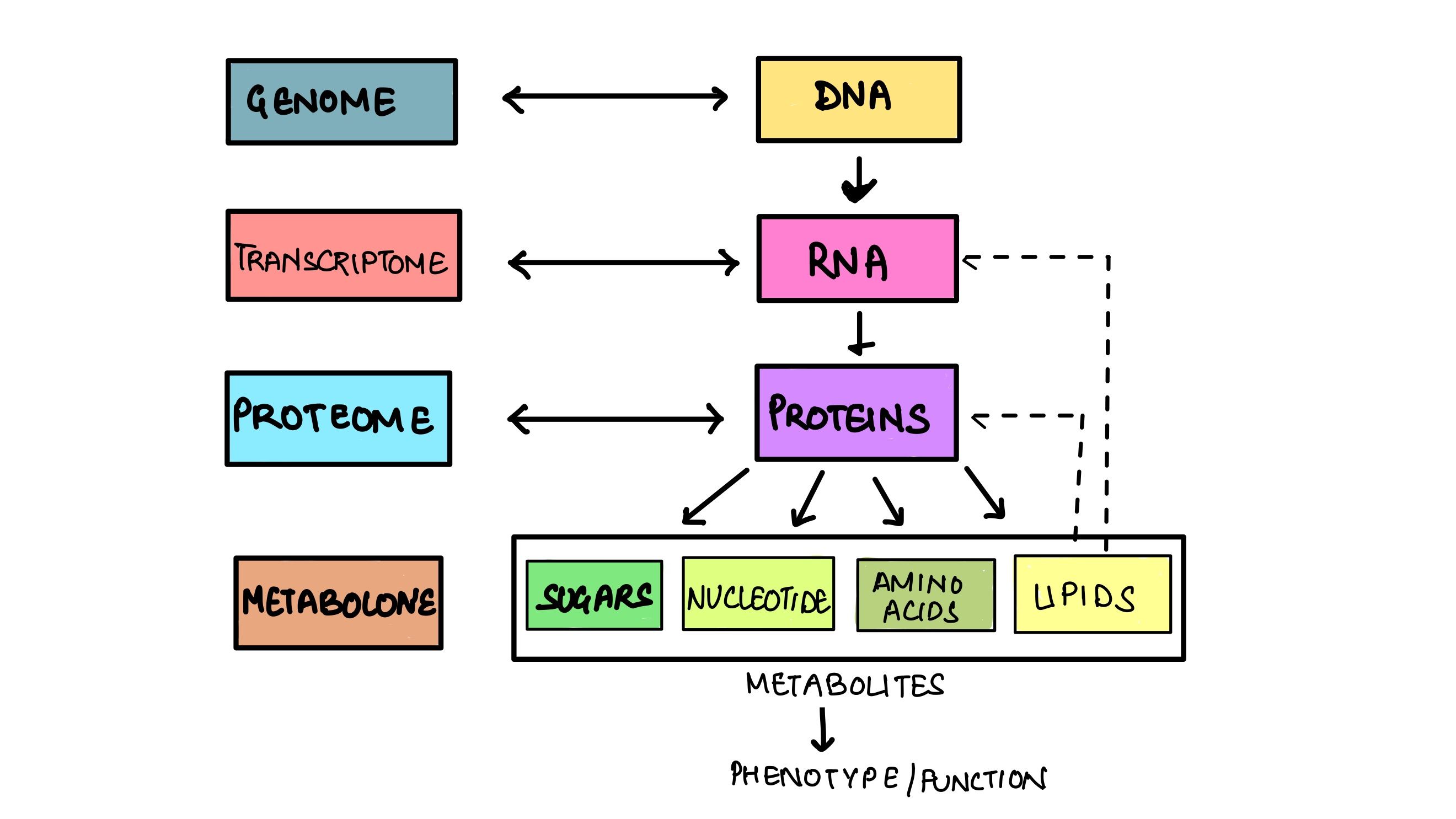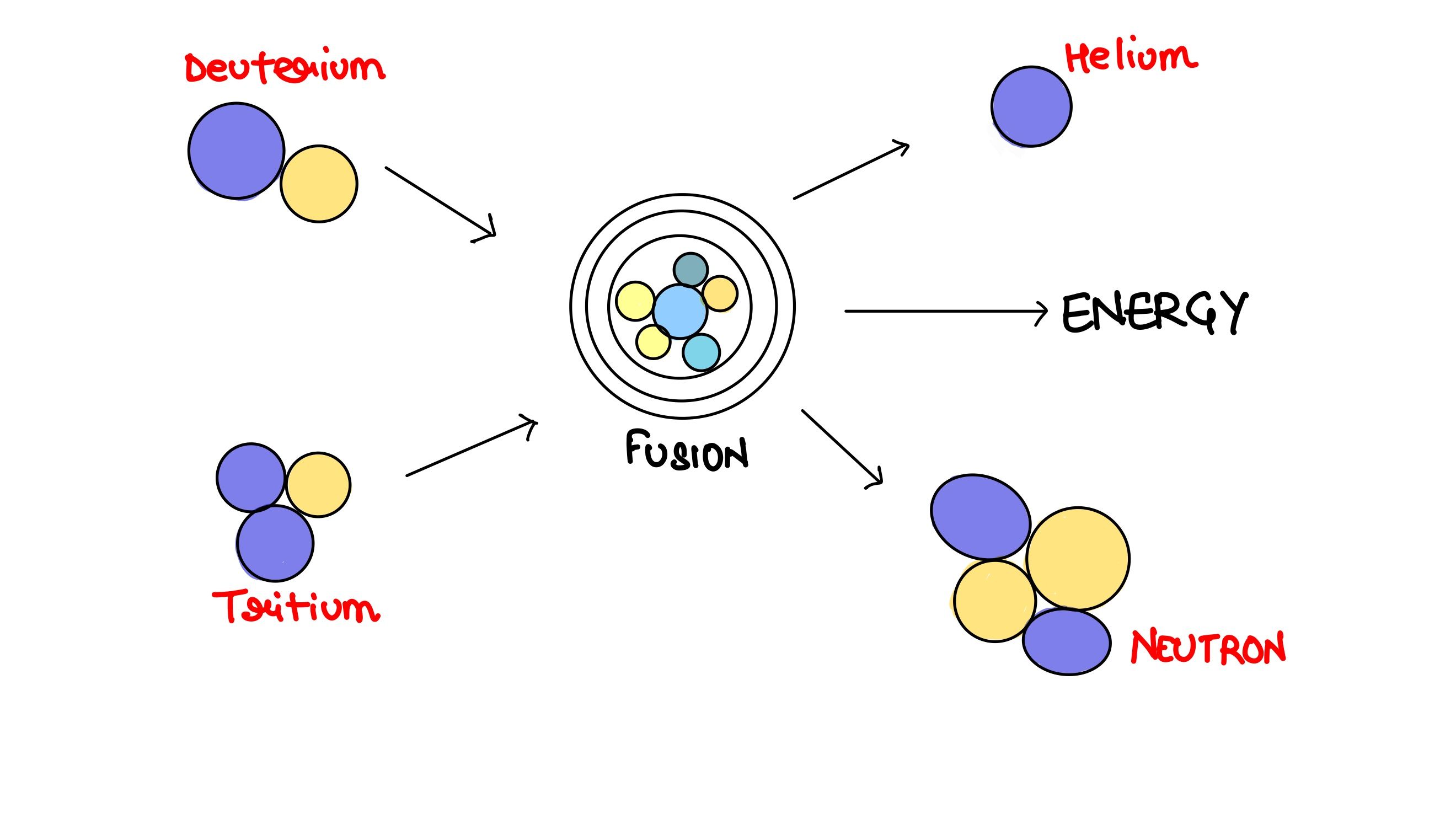UPSC Prelims 2016 Analysis
Subject wise MCQ distribution
- Environment & Ecology (22 Questions): The most dominant subject, covering biodiversity, climate change, conservation efforts, and environmental legislation. Many questions incorporated maps for better understanding.
Economy (17 Questions): Included monetary policies, fiscal policy, banking, government schemes, and international economic developments. This section was heavily inclined towards current affairs and required strong analytical abilities for elimination-based questions.
Science & Technology (13 Questions): Focused on emerging technologies, biotechnology, AI, space research, and their recent developments. Many questions followed an assertion-reasoning format to test conceptual understanding.
International Relations (11 Questions): Heavy emphasis on India’s foreign policy, international organizations like the New Development Bank and International Monetary and Financial Committee. Some questions required match the following format.
Social Issues & Schemes (11 Questions): Included government schemes & initiatives like MUDRA Yojana and Stand Up India Scheme along with policies related to education, health, and nutrition. Many questions were framed using the elimination technique.
Indian Polity (5 Questions): A relatively low count, marking a departure from UPSC’s usual trend of high-weightage in this section. However, the questions that appeared tested deep constitutional concepts and analytical abilities.
History (10 Questions Combined): Ancient (1), Medieval (3), and Modern (6), with a focus on factual recall rather than analytical aspects. Many were match the following or multi-statement-based, requiring careful reading.
Geography (Indian Geography: 4, World & Physical Geography: 0): Minimal representation, making it one of the least emphasized subjects in this year’s paper. Questions required strong NCERT-based conceptual clarity, especially in maps and location-based understanding.

Difficulty analysis
- Medium Difficulty (57 Questions): The largest portion, demanding conceptual clarity and critical thinking.
Hard Questions (29 Questions): A significant number, testing advanced knowledge and deeper analytical skills.
Easy Questions (14 Questions): A relatively small proportion, offering limited direct scoring opportunities.

Variations in Question framing
- Multi-Statement Questions (57%) – The most common type, requiring analytical skills and elimination strategies. These appeared more frequently in Polity and Environment.
Direct Questions (43%) – Straightforward factual recall, mainly seen in History and Science & Technology.

Current Affairs vs. Static Questions
- Current Affairs-Based (60 Questions): The paper marked a shift from the trend observed over the past four years. UPSC has increasingly focused on current affairs, making it crucial for aspirants to stay updated.
Static-Based (40 Questions): Still significant but much lower compared to previous years, highlighting UPSC’s shift towards contemporary relevance.
Key learning for Future Preparation
- Prioritize Current Affairs: Given that 60% of the questions were current-based, aspirants should regularly follow newspapers, government reports, and international developments.
- Strengthen Environment & Ecology Preparation: The dominance of this section indicates that topics like climate change, environmental policies, and sustainability should be high-priority study areas.
- Develop Multi-Statement Question Solving Techniques: Since more than half the paper consisted of multi-statement questions, mastering elimination techniques is essential.
- Balance Conceptual & Factual Knowledge: Subjects like Economy and Science & Technology require both static understanding and awareness of recent developments.
- Focus on Analytical Thinking: The difficulty level and multi-statement nature of the paper suggest that rote memorization alone is insufficient—conceptual clarity is key.
Subject-Wise Answer Key
QUESTION 1
Hard
Science & Technology
Prelims 2016
With reference to ‘Bitcoins’ sometimes seen in the news, which of the following statements is/are correct?
- Bitcoins are tracked by the Central Banks of the countries.
- Anyone with a Bitcoin address can send and receive Bitcoins from anyone else with a Bitcoin address.
- Online payments can be sent without either side knowing the identity of the other.
Select the correct answer using the code given below.
A. 1 and 2 only
B. 2 and 3 only
C. 3 only
D. 1, 2 and 3
QUESTION 2
Hard
Science & Technology
Prelims 2016
What is ‘Greased Lightning-10 (GL-10)’, recently in the news?
A. Electric plane tested by NASA
B. Solar-powered two-seater aircraft designed by Japan
C. Space observatory launched by China
D. Reusable rocket designed by ISRO
QUESTION 3
Medium
Science & Technology
Prelims 2016
Why does the Government of India to promote the use of ‘Neem-coated Urea’ in agriculture?
A. Release of Neem oil in the soil increases nitrogen fixation by the soil microorganisms
B. Neem coating slows down the rate of dissolution of urea in the soil
C. Nitrous oxide, which is a greenhouse gas, is not at all released into the atmosphere by crop fields
D. It is a combination of a weedicide and a fertilizer for particular crops
QUESTION 4
Medium
Science & Technology
Prelims 2016
Recently, our scientists have discovered a new and distinct species of banana plant which attains a height of about 11 metres and has orange-coloured fruit pulp. In which part of India has it been discovered?
A. Andaman Islands
B. Annamalai Forests
C. Maikala Hills
D. Tropical rain forest of northeast
QUESTION 5
Easy
Science & Technology
Prelims 2016
Regarding ‘DigiLocker’, sometimes seen in the news, which of the following statements is/are correct?
- It is a digital locker system offered by the Government under Digital India Programme.
- It allows you to access your e-documents irrespective of your physical location.
Select the correct answer using the code given below
A. 1 only
B. 2 Only
C. Both 1 and 2
D. Neither 1 nor 2
QUESTION 6
Medium
Science & Technology
Prelims 2016
Consider the following statements regarding The Mangalyaan launched by ISRO:
- It is also called the Mars Orbiter Mission
- India is the second country to have a spacecraft orbit Mars after the USA
- India is the only country to be successful in making its spacecraft orbits Mars in its very first attempt.
Which of the above is/are correct?
A. 1 only
B. 2 and 3 only
C. 1 and 3 only
D. 1 and 3
QUESTION 7
Medium
Science & Technology
Prelims 2016
Which of the following statements is/are correct? Viruses can infect -
- Bacteria
- Fungi
- Plants
A. 1 and 2 only
B. 3 only
C. 1 and 3 only
D. 1, 2 and 3
QUESTION 8
Hard
Science & Technology
Prelims 2016
With reference to ‘Astrosat’, the astronomical observatory launched by India, which of the following statements is/are correct?
- Other than the USA and Russia, India is the only country to have launched a similar observatory into space.
- Astrosat is a 2000 kg satellite placed in an orbit at 1650 km above the surface of the Earth.
A. 1 only
B. 2 Only
C. Both 1 and 2
D. Neither 1 nor 2
QUESTION 9
Medium
Science & Technology
Prelims 2016
Which one of the following is the best description of ‘INS Astradharini’, that was in the news recently?
A. Amphibious warfare ship
B. Nuclear-powered submarine
C. Torpedo launch and recovery vessel
D. Nuclear-powered aircraft carrier
QUESTION 10
Easy
Science & Technology
Prelims 2016
A recent movie titled The Man Who Knew Infinity is based on the biography of
A. S. Ramanujan
B. S. Chandrasekhar
C. S. N. Bose
D. C. V. Raman
QUESTION 11
Hard
Science & Technology
Prelims 2016
In the context of the developments in bioinformatics, the term ‘transcriptome’, sometimes seen in the news, refer to -
A. a range of enzymes used in genome editing
B. the full range of mRNA molecules expressed by an organism
C. the description of the mechanism of gene expression
D. A mechanism of genetic mutation taking place in cells
QUESTION 12
Easy
Science & Technology
Prelims 2016
‘Project Loon’, sometimes seen in the news, is related to -
A. Waste management technology
B. Wireless communication technology
C. Solar power production technology
D. Water conservation technology
QUESTION 13
Medium
Science & Technology
Prelims 2016
With reference to ‘LiFi’, recently in the news, which of the following statements is/are correct?
- It uses light as the medium for high-speed data transmission.
- It is a wireless technology and is many times faster than ‘WiFi.
A. 1 only
B. 2 only
C. Both 1 and 2
D. Neither 1 nor 2
QUESTION 14
Easy
Science & Technology
Prelims 2016
India is an important member of the ‘International Thermonuclear Experimental Reactor’. If this experiment succeeds, what is the immediate advantage for India?
A. It can use thorium in place of uranium for power generation
B. It can attain a global role in satellite navigation
C. It can drastically improve the efficiency of its fission reactors in power generation
D. It can build fusion reactors for power generation


